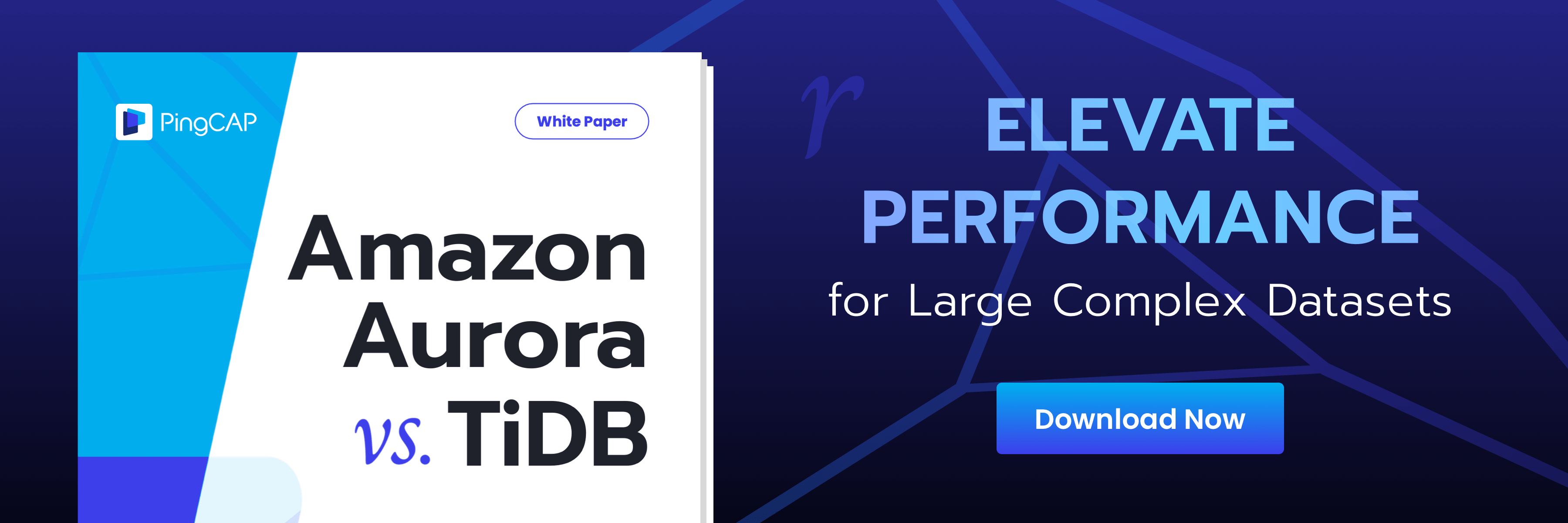The modern application landscape is awash in data. These applications generate massive amounts of data with complex workloads and demanding processing requirements. Think user activity logs, product information, sensor data, and real-time analytics feeds – the list goes on.
Managing this ever-growing data volume efficiently is a constant challenge. Here’s what modern data workloads demand:
- High-Throughput Processing: Modern applications often require real-time processing for tasks like fraud detection, personalized recommendations, or live dashboards.
- Unpredictable Scaling: Traffic patterns can fluctuate wildly, requiring databases that can scale up and down quickly to handle peak loads without compromising performance.
- Diverse Data Types: Databases need to handle a mix of “hot” data (frequently accessed) and “cold” data (accessed less frequently) efficiently, ensuring optimal performance for both.
Traditional Approaches to Scalability: A Double-Edged Sword
In the past, techniques like partitioning and sharding were common methods for scaling databases. Partitioning divides data tables into smaller, more manageable chunks based on specific criteria. Sharding distributes data across multiple servers based on a specific key.
While these approaches helped manage data volume, they came with downsides:
- Oversized Database Clusters: Partitioning and sharding can lead to sprawling and complex database environments, making management and maintenance a nightmare.
- Soaring Costs: Managing large, distributed clusters translates to high overhead costs for database administrators (DBAs) and overall infrastructure expenses.
- Inefficient Resource Utilization: Traditional sharding approaches can often lead to underutilized resources on some servers while others are overloaded.
- High Costs for Cold Data: Managing cold data separately, whether through archiving or tiered storage solutions, adds to the overall cost burden.
These limitations highlight the need for a more efficient and cost-effective approach to database scalability.
Case Study: E-commerce Efficiency Revolution with Cost Down
Let’s look at a real-world example: An e-commerce company faced escalating database costs due to a growing data volume and unpredictable traffic patterns during peak shopping seasons. They needed a solution to manage their data efficiently without breaking the bank. Here’s what they did:
- Database Consolidation: They consolidated their large fleet of MySQL servers into a smaller number of TiDB clusters. This streamlined their infrastructure and reduced management complexity.
- Leveraging TiDB Serverless and TiDB Dedicated: They utilized TiDB Serverless for development environments, taking advantage of its pay-as-you-go model. For production, they used TiDB Dedicated, optimizing resource utilization and cost efficiency.
Try TiDB Serverless
Sign up and enjoy a total of 25 GiB free storage.
The Result? Efficiency and Cost Savings Triumph
By adopting TiDB, the e-commerce company achieved significant gains:
- Improved Efficiency: Simplified database management and reduced DBA workload.
- Reduced Costs: Consolidated infrastructure, eliminated underutilized resources, and optimized cold data management, leading to substantial cost savings.
This case study showcases how TiDB can address the challenges of modern data workloads.
TiDB: Designed for Efficiency From the Ground Up
TiDB’s core design philosophy revolves around efficiency, evident in its various features and capabilities:
- Seamless Scalability: TiDB scales horizontally. This means you can add more servers to your cluster as your data volume and user traffic grow, ensuring optimal performance at all times. No more wrestling with complex scaling procedures.
- Real-time Analytics: Gain valuable insights from your data directly within TiDB. No need for additional infrastructure or complex data pipelines – TiDB empowers you to analyze your data in real-time, driving faster decision-making.
- Serverless Tier: Stop wrestling with server provisioning and management headaches. TiDB’s serverless tier eliminates these burdens, allowing you to focus on your core application logic. Pay only for the resources you use, making it ideal for development environments or unpredictable workloads.
- Cost Savings from Every Angle: TiDB offers predictable, hardware-based costs compared to services like AWS Aurora, which can incur additional charges for high IO rates. Additionally, simplifying your database architecture reduces development and DBA effort, saving time and money.
- Consolidation for Efficiency: Consolidate production, staging, and development databases into fewer clusters with TiDB. This reduces maintenance complexity and overall costs, while also streamlining development workflows by separating development and production environments.
- Build-in Vector Search (Coming Soon): TiDB’s upcoming vector search functionality will further enhance efficiency by enabling faster and more efficient search operations on large datasets, perfect for applications requiring real-time search capabilities.
Embrace Efficiency with TiDB Serverless
With its serverless architecture, pay-as-you-go pricing, and streamlined management, TiDB Serverless empowers businesses to focus on innovation and growth. Stop wrestling with database infrastructure complexities and expenses.
Embrace efficiency and scale with TiDB Serverless!



